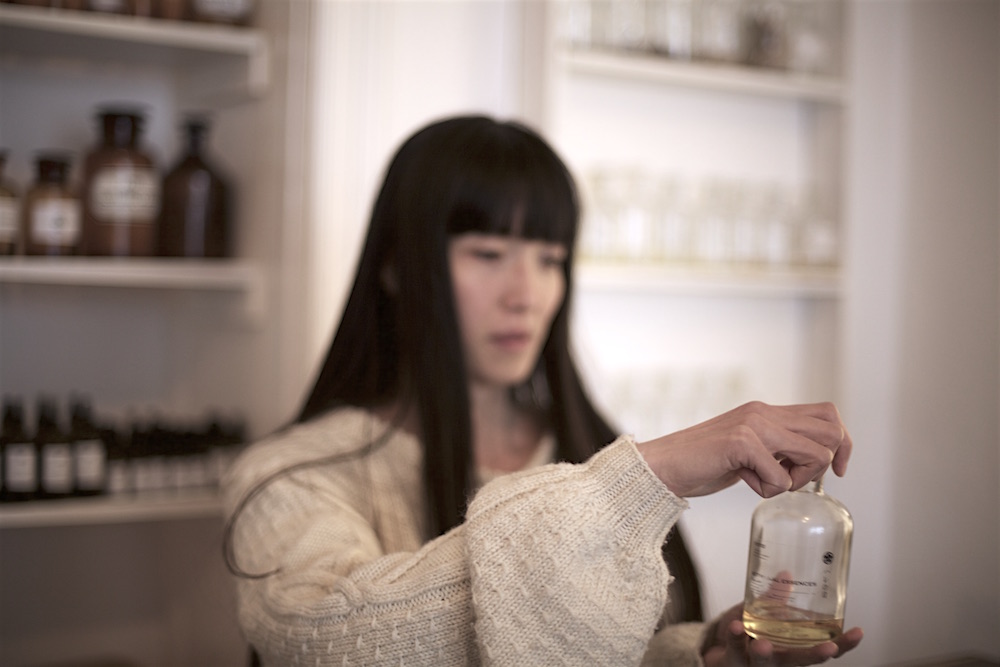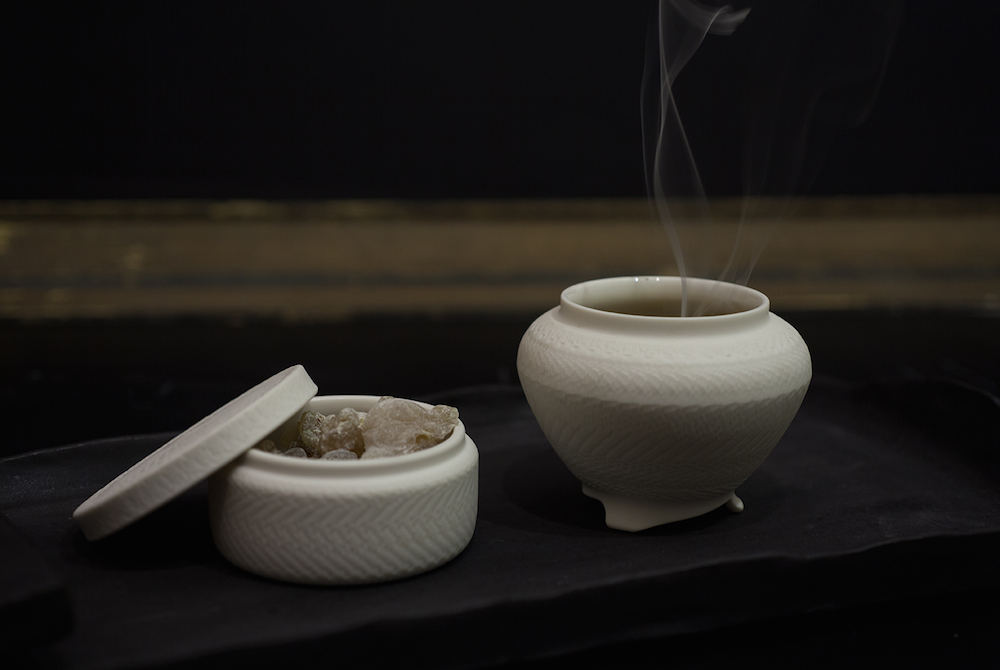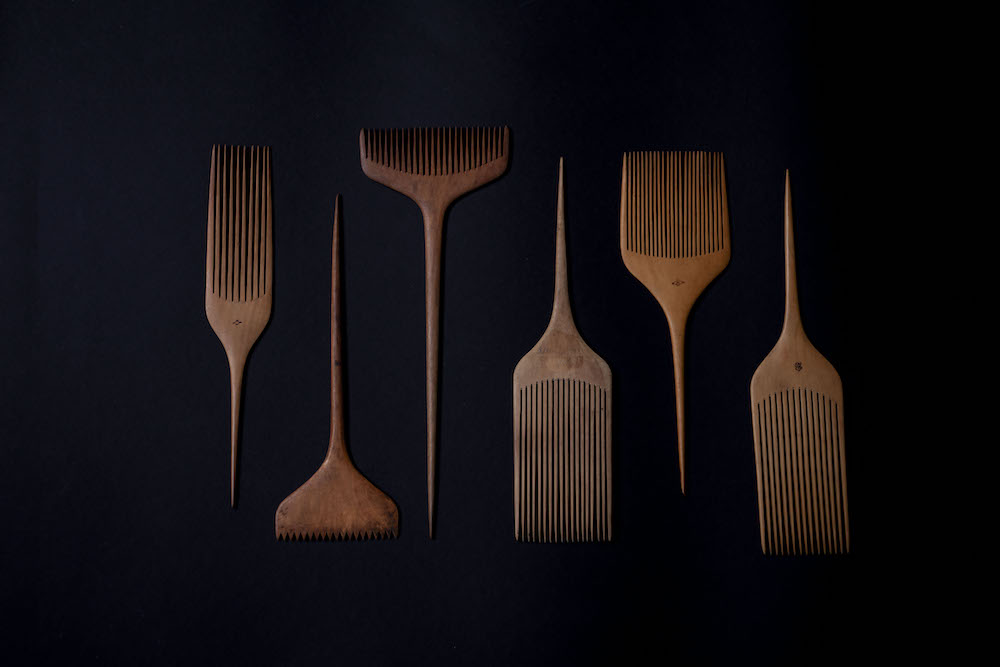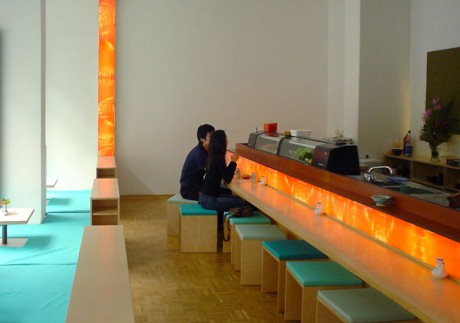Along with criteria like product design, functionality, standards, and trends, the ‘Made in Japan’ label has become an important consideration for selecting a product. In this series, Japan Brand Trivia, various creators introduce innovative made-in-Japan products that align with our concept of social mindfulness. In this installment, we feature Ryoko Hori, a therapist based in Berlin. Hori moved to France after graduating from a fashion college. Later, she moved back to Japan, working in the fashion industry for about three years before moving to Sydney and then Berlin. Today, she has been living in Berlin for nearly 10 years. We ask Ryoko about what she has realized about made-in-Japan products after living abroad for many years.
−−After living abroad for many years in cities such as Paris, Sydney, and Berlin, what have you realized is special about products that are made in Japan?
Ryoko Hori: I think that even on a global level, the ‘made in Japan’ label is synonymous with ‘high quality.’ That’s because nothing else is comparable in terms of quality. In Berlin, where I live, Japanese culture has been popular since just before the coronavirus. I have a lot of friends who like traveling to Japan. Since I hadn’t been able to go home, those friends would tell me about the hot spots around Japan. All my friends also trust the quality of Japanese products. That’s why there are more and more people who want to choose Japanese products. And living abroad, I’ve been reminded how thorough Japanese people are in every way. Not only are their products thorough, but also as people, and when it comes to work and time—they’re very punctual. In any case, it’s very Japanese to be precise.
−−When it comes to craftsmanship, what are the differences between Japan and other countries? Also, what do you find interesting about those differences?
Ryoko: I think people from other countries are quick to try things out. If they’re interested in something, a lot of people will just give it a go. So it’s interesting how they experiment with making things and come up with fascinating things or new ideas. I like Japanese pottery and crafts, so I collect them. When I look at my collection, I’m amazed by the skills that have been passed down over the years. They’re not just traditional; they also have a modernness. Because there’s a proper foundation behind these techniques, they can be modified. I work with many artists, so I can easily see whether a piece of pottery was made by a Japanese person or not. There are many immigrants in Berlin, so it’s interesting to see people from all different countries doing creative work. And that’s also why the differences are obvious.
Studio Cuze: A ceramic artist embodying Japanese quality in Berlin
These pieces are by a ceramic artist named Cuze. He also lives in Berlin and works out of his studio. He moved to Berlin right around the time I did, and I met him through a friend. In addition to creating alcohol-based perfumes, my store also offers incense made from resin as well as koboku (fragrant wood). Cuze makes me perfume bottles, smudge holders, and kouro (a vessel for burning Japanese incense and resin) that are of made-in-Japan quality. Of course, there are many artists I like and want to work with based in Japan too, but it’s difficult to do that casually because of the distance. Cuze is nearby, and his quality is incredible. I’m thankful that someone like Cuze exists to turn my ideas into reality.
Secondhand Japanese goods that have been passed down for generations
Whenever I’m back in Japan, I make sure to go to antique markets and check out the old secondhand stores. When I find something from the Edo era, I feel like I’ve found treasure. When I look at old goods, I imagine how they were made and what they were used for at the time, and I’m overwhelmed by the skill of the craftsmen. Because of course, everything from that era must have been handmade. Among the things that I cherish is a comb that’s over 100 years old. It’s made so thin and even, and I’m fascinated by how delicate it is. And the candleholders must have been like what flashlights are today, and they’re built so the candle is always standing up straight. The well-thought-out functionality is incredible. Of course, I also like European antiques, but what’s striking about European design is the aesthetic rather than the function. Japanese products focus on function, and the design is stripped down. That simplicity is modern without feeling outdated. The unique Japanese functionality and techniques that have been passed down for many generations is really incredible, isn’t it?
Sasaya: Where you can eat the best sushi in Berlin
The last time I was back in Japan was three or four years ago. When I miss Japanese food, there’s a restaurant in Berlin that serves delicious Japanese food. That restaurant is Sasaya. In Tokyo, there are a lot of great restaurants. If you go to an expensive restaurant, you obviously won’t be disappointed. But the same is almost always true with cheap restaurants. In Berlin, where there aren’t many opportunities to eat fish, a restaurant that serves raw fish and is also delicious is a precious thing. So I eat here frequently. Sasaya is a popular restaurant that’s even said to be the best Japanese restaurant in Berlin. That melt-in-your-mouth texture of the seared salmon nigiri made by the Japanese chef—it always reminds me of Japan. The chef is quiet, but he sees everything that’s going on in the restaurant. That’s distinctive of a Japanese restaurant, so it’s a space where I can feel at ease.
Ryoko Hori
She was born in Osaka in 1980. After living in Paris, London, Tokyo, and Sydney, she currently lives in Berlin. She runs RYOKO senses salon and works as a remedial massage & beauty therapist, perfumer, and store owner.
Translation Aya Apton





